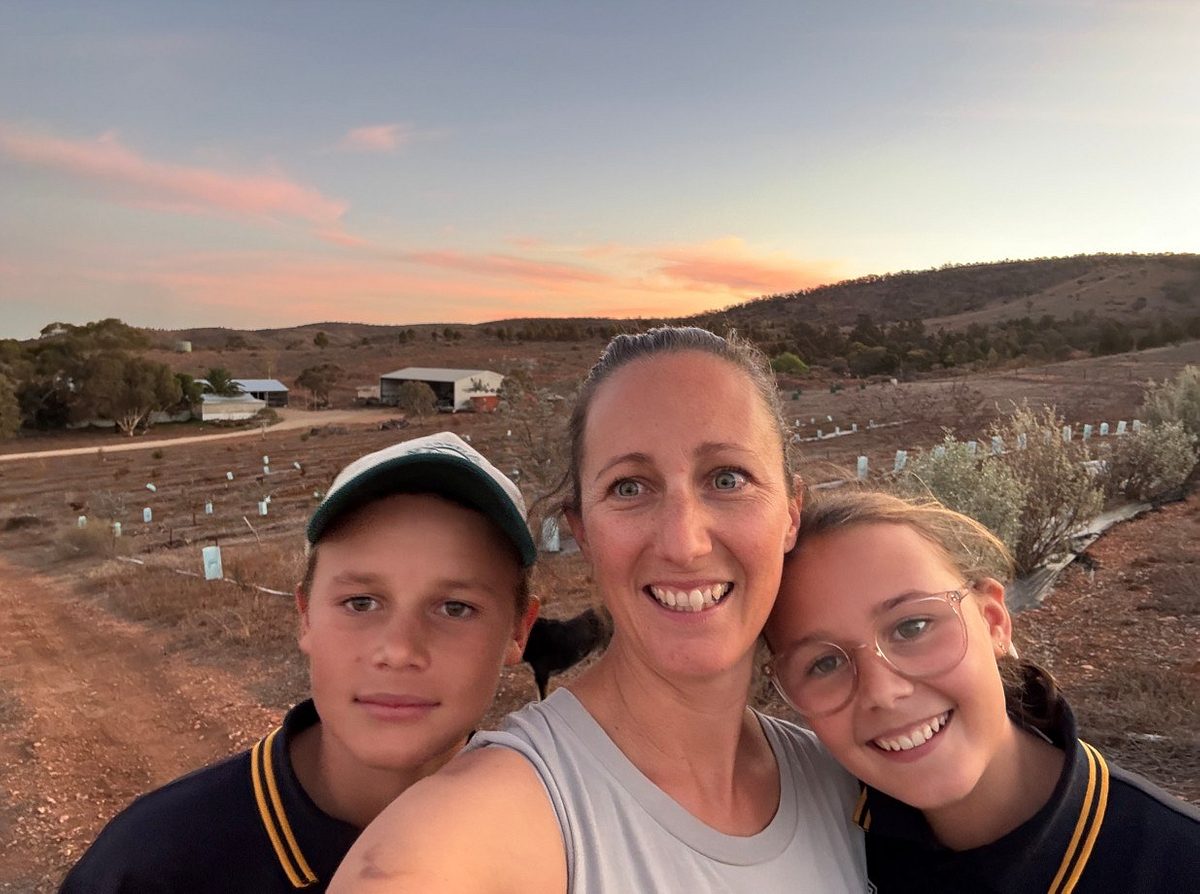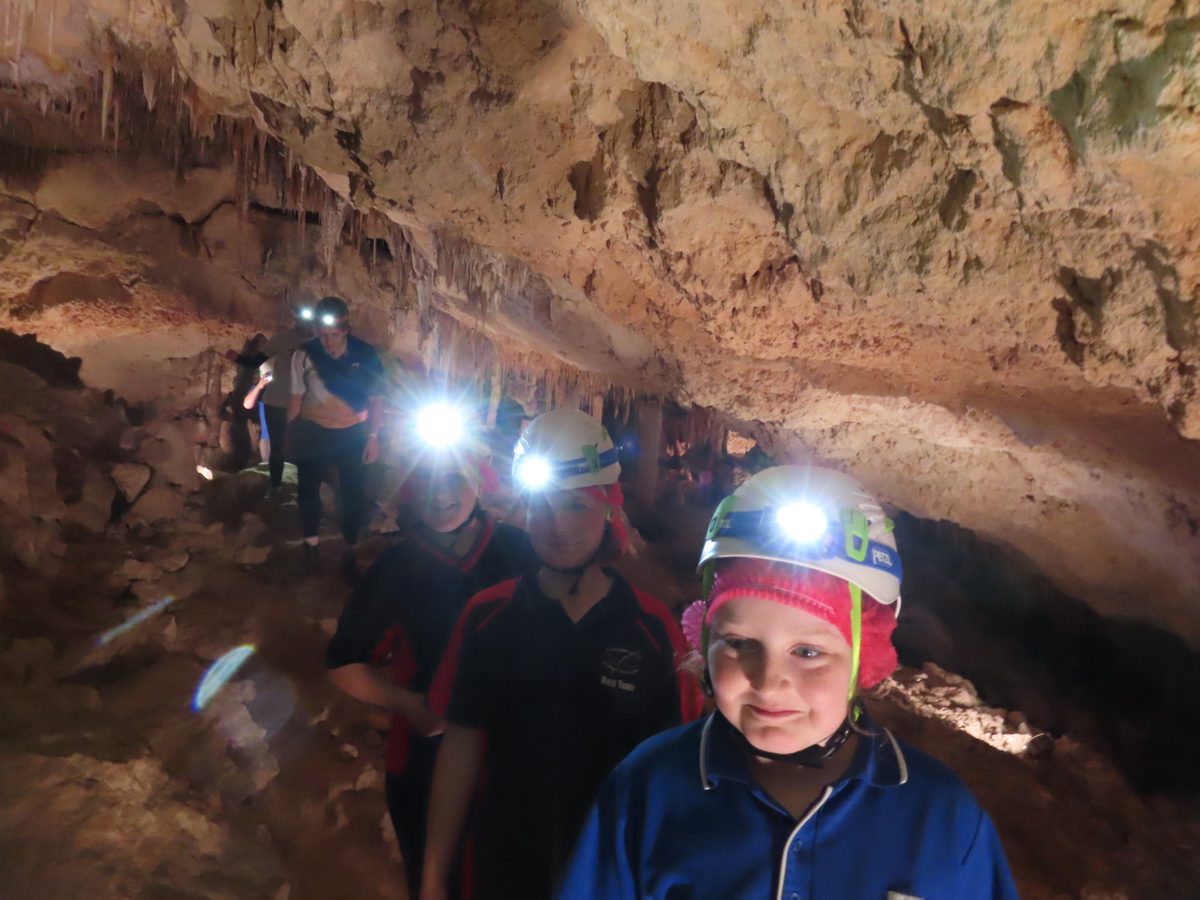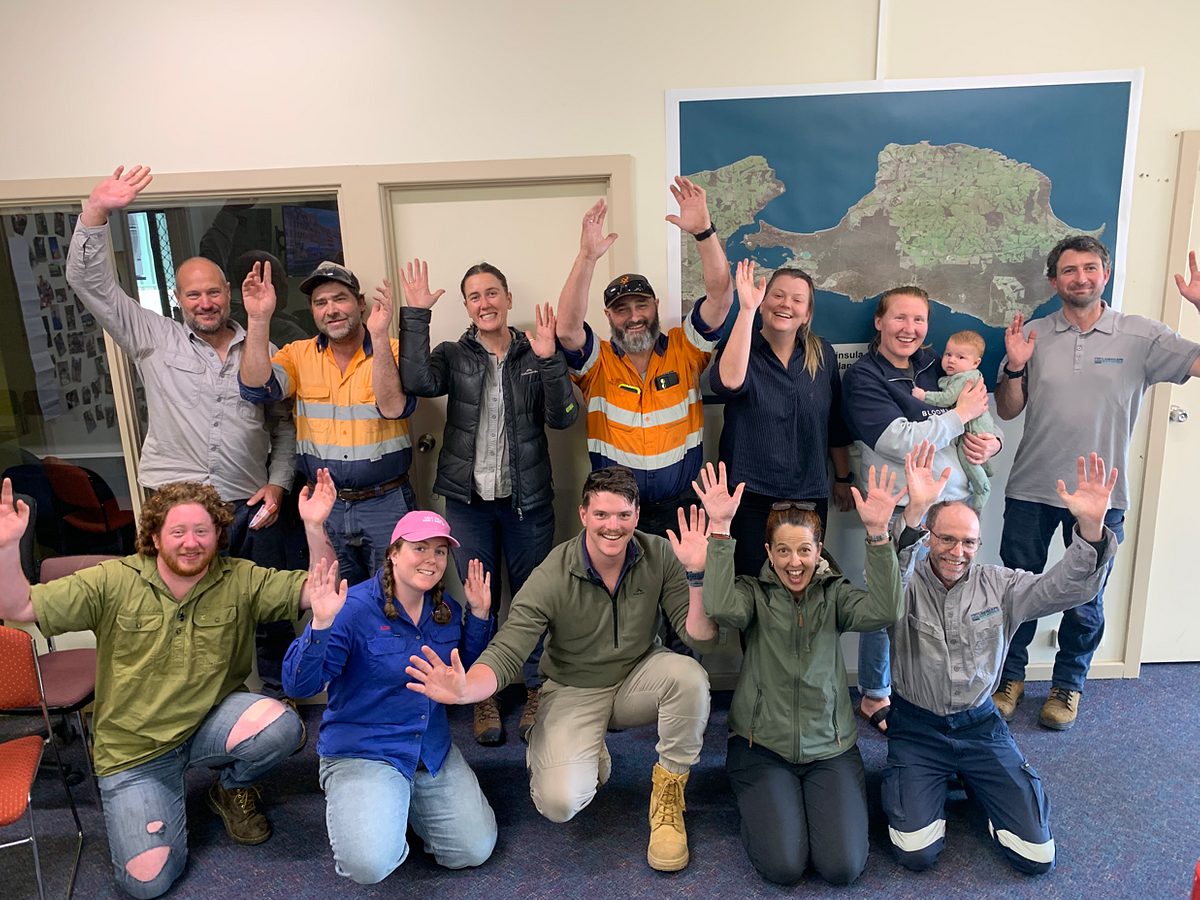News release - Ian Hunter MLC
Kangaroo Island will work toward the long-term goal of containing feral pigs following success in the near-eradication of other priority pest species such as goats and deer, and the revitalised drive to eradicate feral cats.
Feral pigs in the crosshairs on Kangaroo Island
The Kangaroo Island Natural Resources Management (KI NRM) Board and the Office for the Commissioner for Kangaroo Island (OCKI) will work with landholders on feral pig management over the next 18 months – particularly at the western end of the Island.
Feral pigs have an extremely negative impact on agricultural production and biodiversity and part of the initiative will be to increase awareness about the damage they cause.
The initiative will also include community awareness building about the negative impacts feral pigs have on agricultural production and biodiversity, as well as working with and co-ordinating the efforts of affected landholders.
The OCKI will analyse data identifying economic impacts and opportunities as a consequence of feral pig problems.
This initiative is supported by the KI NRM Board through funding from the NRM Levy and the Australian Government’s National Landcare Program with significant in kind support from OCKI, DEWNR and Biosecurity SA.
Background
The Department for Environment, Water and Natural Resources has worked with landholders to trial a range of pig control methods to determine which are most suited to KI conditions.
The trials undertaken with various baits show that KI’s feral pigs appear to be more wary of baits than pigs in other areas and some new control tools and methods need to be explored.
Feral pigs cause a number of problems, including digging up soil and vegetation in search of food such as worms, damaging crops and fencing, spreading disease, predating on ground-nesting birds and even lambs, and degrading dams, wetlands and creek lines. On Kangaroo Island feral pigs concentrate in the lake and river systems, particularly in summer when conditions are hot and the surrounding soil is dry.
Pigs were introduced to Kangaroo Island at Hog Bay on the Dudley Peninsula by Nicholas Baudin in 1803 as a food resource for passing sailors and by 1836 feral pigs were breeding on the island, though they are now found mostly on the western end of the Island and often in inaccessible areas.
Goats have a long history on KI and were introduced at Cape Borda Lighthouse in the 1850s from where they spread along the coastal margins of the west end of the Island, destroying native vegetation and pasture, causing soil erosion, spreading weeds and disease.
Fallow deer only established a feral population on the Island after escaping from a deer farm in 1999. The escaped deer were initially targeted by local recreational hunters and then through the current KI NRM Board deer eradication program.
Feral cats also became established on the Island at the same time as the early settlers and are now found in all habitats from east to west on the Island, though it would seem they may prefer more open and cleared country as it is easier to hunt in. Feral cats impact significantly on native wildlife through predation as well as on sheep production through carrying and spreading disease.
The KI NRM Board has previously conducted research on the extent of the feral cat problem as well as potential control methods and is currently rolling out a project under the first phase of the KI Feral Cat Eradication Program.
Quotes attributable to Sustainability, Environment and Conservation Minister Ian Hunter
Feral pigs have a negative impact on the Island’s primary production sector through damaging pastures and predating on lambs.
Pigs also have a negative impact on biodiversity as they damage sensitive riverine zones and prey on threatened species.
While full eradication will be difficult, we hope that by using a targeted and coordinated control program we will be able to significantly reduce feral pig numbers and impacts to the environment and primary producers.
Quotes attributable to Agriculture, Food and Fisheries Minister Leon Bignell
Feral pigs cause havoc with livestock and horticulture and so it’s fantastic to roll out a coordinated program to help protect the island’s primary producers.
Agriculture is vitally important to the Kangaroo Island economy and the State Government is committed to programs that support farmers and drive prosperity.
The feral animal eradication programs on Kangaroo Island will not only be a welcome relief to landholders – but it’ll be a fantastic learning opportunity to continue improving methods of managing this problem in our regions.



